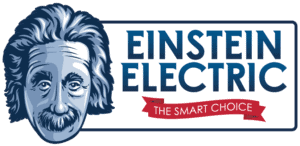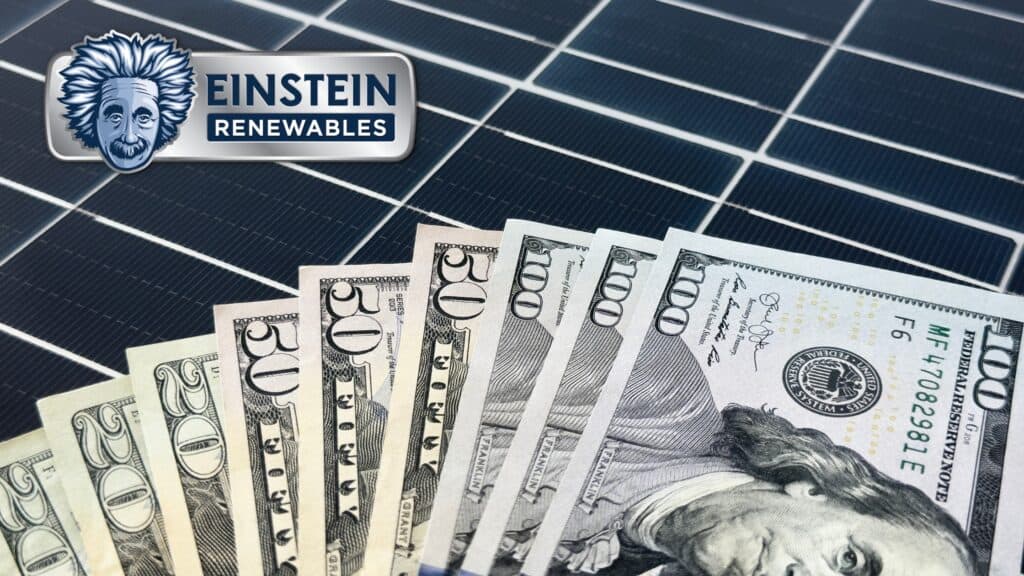Solar Energy and Incentives: Tax Credits and Other Rebates
Solar energy is becoming an increasingly popular option for homeowners and businesses seeking to reduce their energy bills and carbon footprint. However, the upfront costs of installing solar panels can be significant, which can be a deterrent for some potential customers. Fortunately, there are a number of incentives available at the federal, state, and local levels that can help offset these costs and make solar energy more accessible for a wider range of customers. In this blog, we’ll explore some of the most common incentives available for solar energy customers.
Federal Tax Credits
One of the most significant incentives for solar energy customers is the federal investment tax credit (ITC). This tax credit allows homeowners and businesses to claim a credit on their federal income taxes equal to 26% of the total cost of their solar panel installation. This credit is available for both residential and commercial installations and there is no cap on the amount that can be claimed. However, in 2023, the credit will decrease to 22% and will expire for residential installations after 2023, unless Congress extends it.
To claim the ITC, customers must own their solar panel system and have it installed and placed in service by December 31, 2023. Customers who lease their solar panels or purchase electricity from a solar provider are not eligible for the credit.
State and Local Incentives
In addition to the federal tax credit, many states and local governments offer their own incentives for solar energy customers. These incentives can take many forms, including:
Rebates: Rebates play a significant role in promoting solar energy adoption by offering financial incentives to customers. In various states and municipalities, these rebates are available to offset the initial expenses associated with solar panel installation. The specific rebate amounts differ significantly depending on the location and program, but they can prove substantial, ranging from a few hundred dollars to several thousand dollars. By reducing the upfront costs, rebates encourage more individuals and businesses to invest in solar energy systems, accelerating the transition to clean and sustainable power sources. Moreover, these rebates contribute to job creation, environmental preservation, and the overall development of renewable energy infrastructure.
Property tax exemptions: Property tax exemptions are a valuable incentive provided by certain states to encourage the adoption of solar energy systems. These exemptions aim to alleviate the financial burden on solar energy customers by reducing their ongoing costs. By exempting the added value of solar installations from property tax assessments, homeowners and businesses can enjoy long-term savings. The specific eligibility criteria and exemptions vary across states, but they generally provide significant financial benefits to solar energy system owners. This encourages more individuals and organizations to invest in renewable energy, fostering the growth of sustainable practices and contributing to a cleaner, greener future while promoting energy independence and resilience.
Sales tax exemptions: Sales tax exemptions are an effective tool employed by several states to incentivize the adoption of solar energy systems. These exemptions aim to reduce the upfront costs for solar energy customers by waiving the sales tax on the purchase and installation of solar equipment. By exempting this tax, states encourage individuals and businesses to invest in renewable energy, making it more financially viable and accessible. The specific details of the exemptions vary across states, but they generally provide significant savings on the initial investment in solar energy systems. These exemptions not only promote clean energy adoption but also contribute to job creation, economic growth, and environmental sustainability.
Performance-based incentives: Performance-based incentives are a beneficial offering provided by select states to encourage solar energy adoption. These incentives involve payments to solar energy customers based on the actual electricity generated by their solar panel systems. The amount of payment varies depending on the energy production and the specific program in place. By rewarding customers for the energy they generate, these incentives promote the use of renewable resources and incentivize the installation of high-performing solar systems. Performance-based incentives not only reduce the payback period for solar investments but also encourage system owners to optimize their energy production. This, in turn, fosters the growth of clean energy generation and helps mitigate greenhouse gas emissions.
Net metering: Net metering policies have emerged as a key financial incentive for solar energy customers. These policies enable solar system owners to receive credit for surplus electricity they generate and feed back into the grid. By measuring the difference between the electricity consumed and the electricity generated, customers can offset their utility bills or receive compensation for the excess energy produced. Net metering promotes renewable energy adoption by offering financial benefits and encouraging individuals and businesses to invest in solar power systems. It provides an economic incentive for maximizing energy production and facilitates the integration of distributed energy resources into the grid. Overall, net metering policies play a vital role in supporting the growth of clean, sustainable energy generation.
The availability and amount of these incentives varies widely depending on location and program. Customers should check with their state and local governments to see what incentives may be available to them.
Other Financing Options
In addition to tax credits and incentives, there are a number of financing options available to help customers pay for their solar panel systems. These options include:
Solar loans: Solar loans have become a popular financing option for individuals and businesses interested in installing solar panel systems. Banks and credit unions often provide specialized loans tailored specifically for solar installations. These loans offer several advantages, including lower interest rates compared to traditional personal loans and extended repayment terms. The lower interest rates make solar projects more affordable and financially attractive, while longer repayment terms provide flexibility and ease the burden of monthly payments. Solar loans empower more people to access clean energy by reducing the upfront costs and allowing them to repay the loan over time using the savings generated from their solar energy system.
Power purchase agreements (PPAs): Power Purchase Agreements (PPAs) are contractual arrangements between solar providers and customers that facilitate the installation and maintenance of solar panels on the customer’s property. Under a PPA, the customer agrees to purchase the electricity generated by the panels at a predetermined rate over a specified period. PPAs offer significant benefits to solar energy customers by reducing upfront costs, as the provider assumes the financial responsibility for equipment installation and maintenance. However, the availability of PPAs may vary depending on the region and local regulations. Despite this limitation, PPAs have proven to be an effective financing option, allowing more individuals and organizations to access the benefits of solar energy without the burden of upfront expenses.
Leases: Solar leases offer an alternative financing option for individuals and businesses interested in solar energy. In a solar lease, a solar provider installs and maintains solar panels on the customer’s property, and the customer leases the panels for a predetermined period. The customer benefits from reduced upfront costs, as the provider is responsible for the equipment expenses. Throughout the lease term, the customer enjoys the benefits of solar energy while making lease payments. At the end of the lease, the customer usually has the option to purchase the panels at a predetermined price or have them removed. Solar leases provide accessibility to solar energy without the need for significant upfront investment, making renewable energy more attainable for a wider range of customers.
In conclusion, incentives such as tax credits and rebates play a crucial role in making solar energy more accessible and affordable for a wider range of customers. The federal investment tax credit (ITC) and various state and local incentives can help offset the upfront costs of solar panel installation, making it a more attractive option for homeowners and businesses. Other financing options, such as solar loans, power purchase agreements (PPAs), and leases, can also help reduce upfront costs. As the demand for renewable energy continues to grow, it is likely that more incentives and financing options will become available. By taking advantage of these incentives, customers can reduce their energy bills, lower their carbon footprint, and contribute to a more sustainable future.












